The Endocannabinoid System 101: The Basics Made Easy
Table of Contents
The discovery of the Endocannabinoid System (ECS) and its effects on the human body has landed itself in the spotlight of high-profile research institutions and medical journals. Learn how it works and how cannabis consumption affects it.
The Endocannabinoid System is a complex cell-signaling system in the brain and body that interacts with other body systems.
In 1992, when scientists were researching the effects of cannabis consumption, it was discovered that THC (tetrahydrocannabinol), a compound found in cannabis, could bind to cellular receptors.
Even if you don’t consume cannabis, the ECS is active in your body.
Research has linked the ECS to the following processes:
- appetite and digestion
- bone remodeling and growth
- cardiovascular system function
- chronic pain
- inflammation and other immune system responses
- learning and memory
- liver function
- metabolism
- mood
- motor control
- muscle formation
- reproductive system function
- skin and nerve function
- sleep
- stress
All these functions help maintain homeostasis or the stability of your internal environment. When an external cause interrupts your body’s homeostasis, such as pain from an accident or a fever, the ECS steps in to help your body recover to its normal state.
Experts now believe that the ECS’ principal function is to preserve homeostasis.
The Endocannabinoid System is made up of
- endocannabinoids
- cannabinoid receptors
- endocannabinoid enzymes
What Are Endocannabinoids?
Endocannabinoids are a group of molecules that are similar to the cannabinoids found in the cannabis sativa plant.
The two most studied types of endocannabinoids are N-arachidonoylethanolamine or Anandamide (AEA) and 2-arachidonoylglycerol (2-AG).
AEA is involved in the brain creation of motivation and pleasure and the regulation of feeding behavior.
2-AG plays a role in various (patho)physiological processes, including emotion, cognition, energy balance, pain perception, and neuroinflammation.
Both molecules are produced in the body and can be found in the brain and the blood, and modulate many of the body’s functions.
They are released in response to stress and are involved in various biological processes, including regulating mood and appetite. Endocannabinoids are also released in response to pain.
They attach to cannabinoid receptors, found on the cells’ surface.
What do Cannabinoid Receptors do?
The Endocannabinoid System may be regulated by cannabinoid receptors. Cannabinoid receptors are found in many organs, each with a different function.
A range of physiologic activities occurs when cannabinoid receptors are triggered.
Cannabinoid receptors have two main types:: CB1 is found mostly in the neurological system, connective tissues, gonads, glands, and organs, while CB2 is found primarily in the immune system and its associated components.
Endocannabinoids can connect to both receptors, signaling to the ECS that it is time to act. The effects are determined by the location of the receptor and the endocannabinoid it binds to.
Endocannabinoids, for example, could reduce pain by targeting CB1 receptors in the spinal nerve. Others may connect to a CB2 receptor in your immune cells to signal inflammation, a typical symptom of autoimmune illnesses.
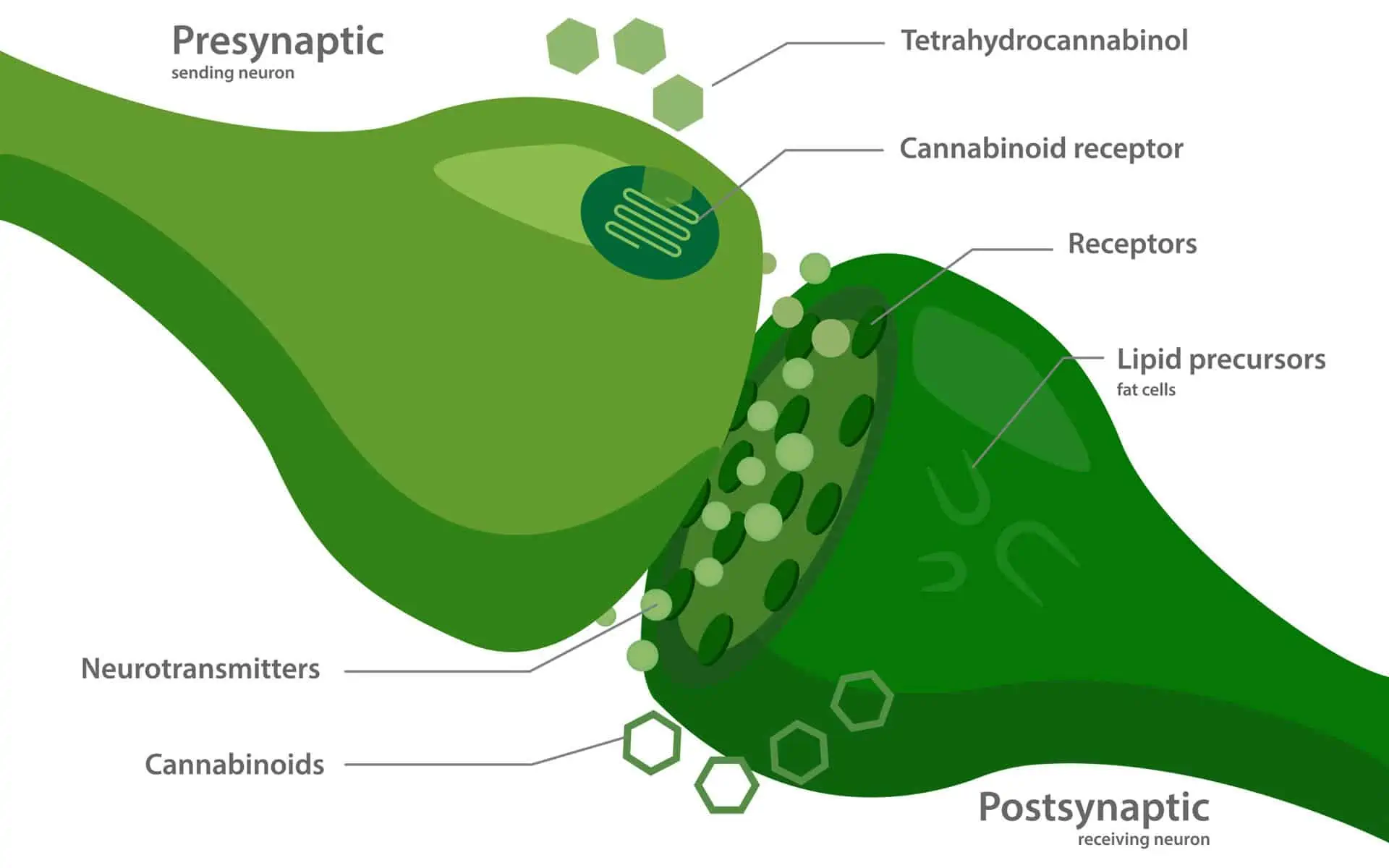
Enzymes
After endocannabinoids have served their job, enzymes are in charge of breaking them down.
This is due to two enzymes: fatty acid amide hydrolase breaking down AEA. Monoacylglycerol Acid Lipase is a digestive enzyme that breaks down 2-AG.
How Are Endocannabinoids Made and Released in the Body?
The human body naturally produces endocannabinoids. They can be found in various organs and tissues, including muscle, the brain, and circulation cells. When endocannabinoids attach to a cannabinoid receptor, they become active. The receptors are located throughout the body.
The specific physiological process that promotes or stimulates the binding of receptors to endocannabinoids is still being researched.
However, researchers believe that when a biological system is out of balance, the receptors attach to the cannabinoids to assist in repairing the problem.
The Endocannabinoid System works in a precise manner. The ECS, for example, controls body temperature when it is outside of the usual range without affecting other processes. To avoid overcorrecting the condition, the enzymes break down the cannabinoids once the ECS has restored balance to the body.
What Is the Relationship Between THC and the ECS?
One of the most common cannabinoids present in cannabis is tetrahydrocannabinol (THC). It is the chemical that causes you to become “high.”
THC, like endocannabinoids, interacts with your ECS by attaching to receptors once within your body. Its potency stems from its ability to bind to CB1 and CB2 receptors.
This enables THC to have various physiological and psychological effects, some more favorable than others. THC, for example, can help with pain relief and hunger stimulation. However, in certain situations, it might lead to paranoia and worry.
Experts are presently investigating how to create synthetic THC cannabinoids that positively interact with the ECS.
What Is the Relationship Between CBD and the ECS?
Cannabidiol (CBD) is the other primary cannabinoid in the cannabis plant. CBD, unlike THC, does not get you “high” and usually has no bad side effects.
CBD’s interaction with the ECS is unknown to experts. They do know, however, that it does not bind to the CB1 or CB2 receptors in the same manner that THC does.
Many researchers believe it works by preventing the breakdown of endocannabinoids. This enables them to have a greater impact on your body. Some researchers think CBD binds to a still unidentified receptor.
While CBD’s specific mechanism of action is uncertain, there is evidence that it can help with pain, nausea, and other symptoms linked to various illnesses.
The ECS is critical to the stability of your internal processes. However, there is still a lot we don’t know. As scientists gain a greater knowledge of the ECS, it may one day hold the key to curing a variety of ailments.
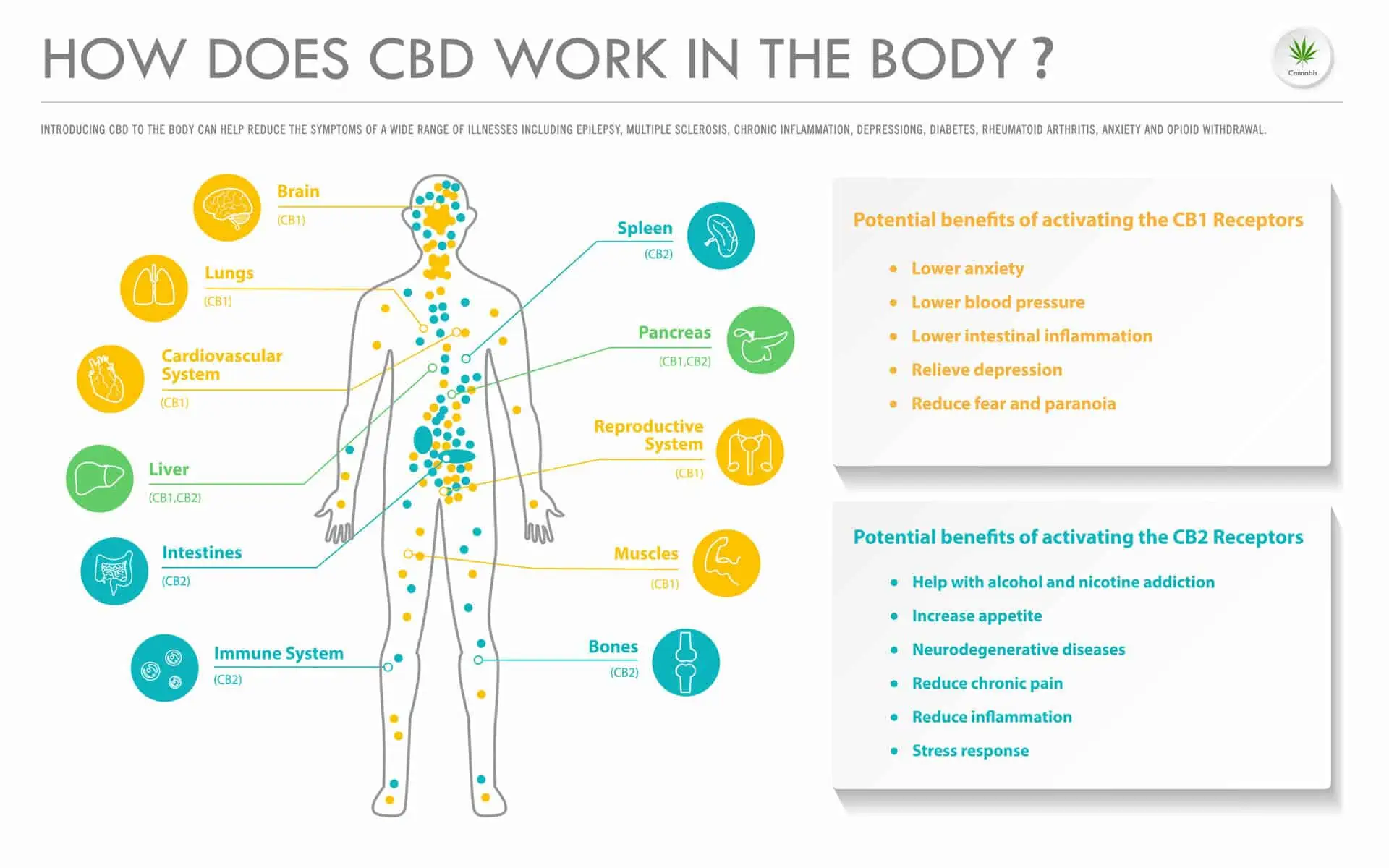
Enjoyed This Content? Read More:
-
How to Make Cannabis-Infused Coconut Oil or MCT Oil: Crockpot Recipes
In this guide, you’ll learn how to make cannabis-infused coconut oil or MCT oil, decarboxylate cannabis, or choose to infuse cannabis into any oil of your choice.
-
How to Make THC Gummy Bears with Canna Oil
This is a great no-fail recipe for beginners. The corn syrup in this recipe will help your gummy bears have that nice and chewy texture we’ve all come to love.
-
Understanding Hemp Concentrate Extraction Methods
Hemp extraction processes are essential for creating a variety of cannabis concentrates. Each method, from solvent-based to rosin pressing, contributes uniquely to the final product’s quality and characteristics. Hemp plants are rich in cannabinoids and terpenes, which are extracted through various methods to produce concentrates. These processes are crucial for maintaining the integrity and potency…
-
What Is Cannabis Concentrate Sauce? A Guide to Terpene-Rich THC Extracts
Learn what terp sauce is — a potent cannabis extract rich in terpenes and flavor. Explore top concentrates and find your next favorite cannabis product.
-
What Is Kief? Benefits, Uses, and How to Collect This Potent Cannabis Concentrate
Kief is a potent cannabis concentrate made from cannabis flower trichomes. Discover how this hash-like extract is collected and used & why fans love it.


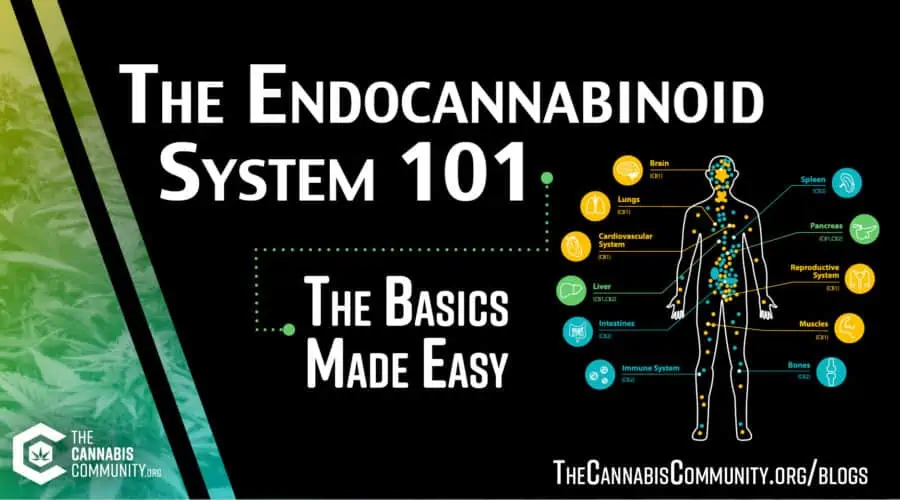
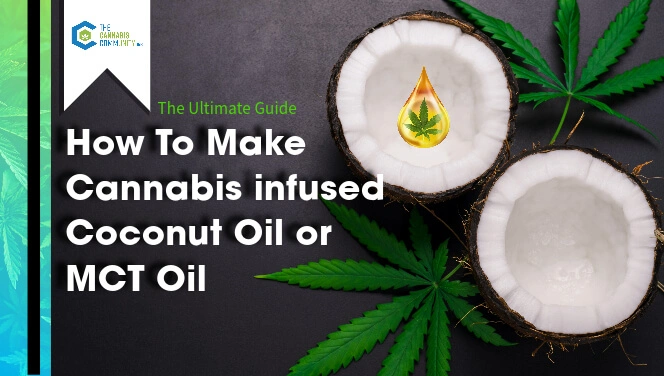



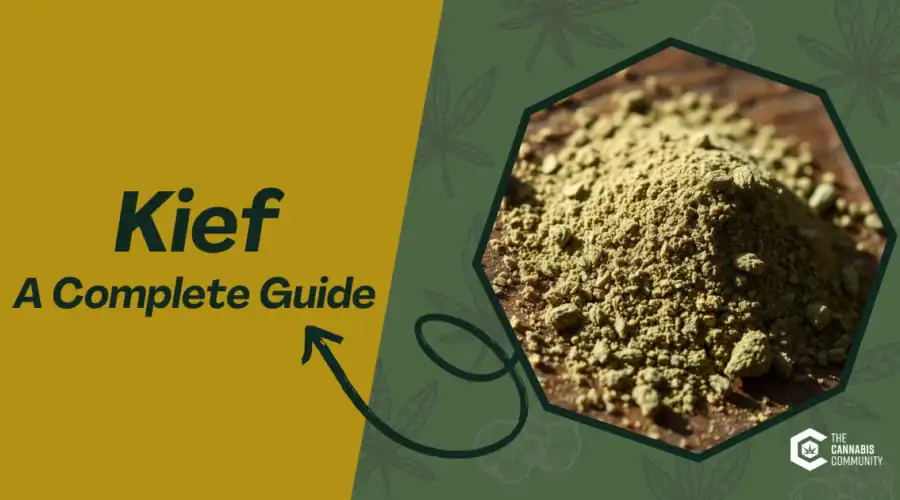
Pingback: The Ganja Guru